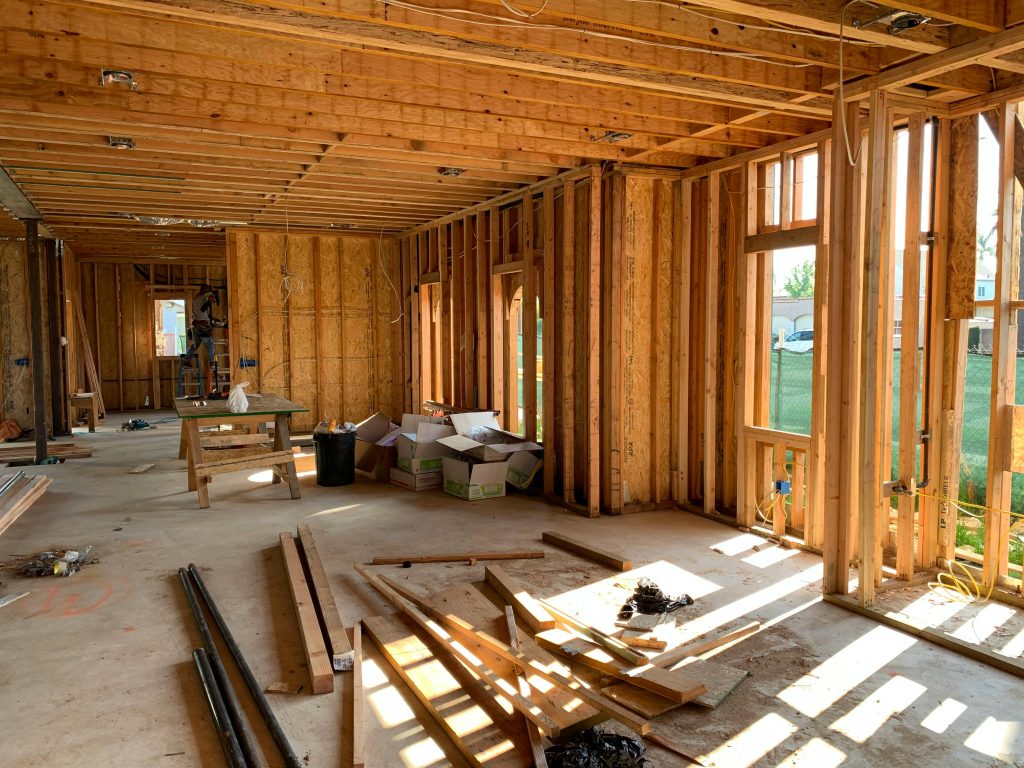Luxury home construction is undergoing a technological revolution, driven by cutting-edge innovations that make the process faster, smarter, and more efficient. Today’s high-end homes are no longer just about extravagant materials and custom designs—they also integrate sustainability, automation, and precision engineering.

With advancements such as 3D printing, modular construction, AI-driven project management, and augmented reality, the home-building process is becoming more sophisticated. These innovations not only enhance the quality of luxury homes but also streamline the construction process, reducing time, costs, and environmental impact.
This article explores the most transformative innovations in high-end home construction, highlighting how they are shaping the future of luxury living.
3D-Printed Homes & Modular Construction
The Rise of 3D-Printed Luxury Homes
3D printing has emerged as a game-changer in the construction industry, offering a faster and more cost-efficient way to build high-end homes. In luxury construction, 3D printing allows for highly customized, architecturally unique designs with minimal waste.
- How it works: 3D printers use specialized concrete or composite materials to build walls layer by layer.
- Benefits:
- Faster construction timelines (homes can be printed in days instead of months).
- Reduced labor costs and material waste.
- Precision and consistency in design.
Notable examples include 3D-printed mansions that integrate complex architectural elements, previously impossible with traditional methods.
Modular Construction in High-End Homes
Modular construction—where large sections of a home are prefabricated off-site and assembled on location—is becoming popular in luxury housing.
- Customization in modular luxury homes: Unlike traditional prefabricated homes, modern modular luxury homes allow for extensive personalization, from layout to finishes.
- Efficiency:
- Reduces build times by up to 50%.
- Ensures higher precision with factory-controlled quality.
- Minimizes on-site disruptions.
These methods are redefining high-end construction by balancing speed, customization, and sustainability.
Advanced Building Materials
Self-Healing Concrete
Cracks in concrete can lead to costly repairs over time. Self-healing concrete solves this problem using bacteria embedded in the material that activates when exposed to moisture, repairing cracks autonomously.
- Benefits:
- Increases the lifespan of luxury homes.
- Reduces maintenance costs.
- Enhances structural resilience.
Energy-Efficient Glass & Insulation
Luxury homes prioritize comfort and sustainability, making energy-efficient materials essential.
- Smart Glass: Automatically adjusts its tint to control indoor temperatures.
- High-Performance Insulation: Reduces energy costs by improving heat retention in winter and cooling efficiency in summer.
Sustainable Wood & Alternative Materials
As sustainability becomes a priority, luxury home builders are incorporating eco-friendly materials without compromising aesthetics.
- Popular alternatives:
- Engineered wood and bamboo.
- Recycled materials that mimic luxury finishes.
- Low-VOC paints and finishes for healthier indoor air quality.
AI & Robotics in Construction
Automated Building Techniques
AI-driven robotics are improving precision and efficiency in construction.
- Examples:
- Robotic arms lay bricks and pour concrete with millimeter precision.
- Drones conduct aerial inspections, reducing the need for manual site visits.
Predictive Maintenance & Smart Monitoring
AI can detect potential structural issues before they escalate, reducing long-term costs and ensuring home durability.
- How it works:
- Sensors embedded in walls monitor structural integrity.
- AI predicts when repairs or maintenance will be needed.
AI-Assisted Project Management
AI-powered platforms streamline the home-building process, improving communication and efficiency.
- Benefits:
- Real-time updates for homeowners.
- Cost prediction and optimization.
- Improved collaboration between architects, builders, and designers.
Augmented & Virtual Reality in Design
Immersive Home Previews
Homeowners can now “walk through” their luxury homes before construction begins using VR technology.
- Benefits:
- Helps visualize layouts and finishes in real-time.
- Reduces errors and miscommunications in design choices.
Real-Time Design Adjustments
AR technology enables instant modifications to floor plans and finishes.
- How it works:
- AR apps overlay digital changes onto physical spaces.
- Homeowners can see potential upgrades before committing.
High-Definition Construction Monitoring
Real-Time Progress Updates
Luxury home builders now use HD cameras and drones to provide real-time construction monitoring for clients.
- Benefits:
- Enhances transparency.
- Allows remote tracking of build progress.
Cloud-Based Project Tracking
Digital platforms consolidate all construction details, from blueprints to timelines, ensuring smooth collaboration between homeowners and builders.
- Advantages:
- Accessible anywhere, anytime.
- Reduces project delays.
Conclusion
The future of luxury home construction is being shaped by technological innovations that prioritize speed, efficiency, and customization. With advancements in 3D printing, smart materials, AI-driven project management, and immersive design experiences, luxury homes are becoming more intelligent and sustainable than ever.
By integrating these cutting-edge innovations, high-end homebuilders can create homes that are not just beautiful but also future-ready.
